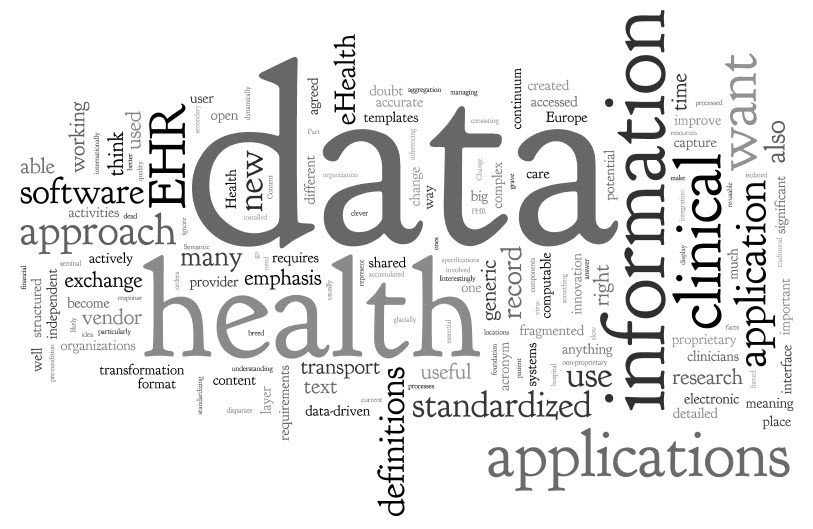Every patient has a history. Getting those histories moved from other systems and sources is an important consideration when implementing a new EHR. Whether your healthcare organization is deploying a new EHR, replacing one or implementing a new module in an existing EHR, your ability to capture data into the fields of the new EHR/module will define how fast you can use that history to make better care decisions.
Besides, can you imagine your new EHR/module being empty? I think not. Therefore, those deploying new systems invest in data conversion tactics that move as much information into the right spots to make the new system useful. Planning recommendations and checklists for that process are well documented on healthit.gov and many EHR and 3rd party conversion vendors’ websites.
Your plan: you define the data that will be converted and migrated, including patient demographics, lab results, radiology results, medications, immunization records, allergy lists, ECG and vitals, and other clinical and business documentation.
If data is already structured and can be easily mapped to the new system, then the migration is typically simple. But what if it is not? What if data from the old system needs to be parsed differently for the new system? What if some important data is still stuck on paper or in other unstructured formats?
While many organizations have begun to deploy advanced clinical data capture for day-forward needs, it's equally if not more valuable in converting unstructured or re-mapping structured data to a new system. The advantages of an advanced clinical data capture system include its ability to read unstructured clinical data and find the vital information that is needed for discrete fields of an EHR or specialty database based on the defined criteria set by the organization that has deployed it. Applying the same principles for data conversions speeds up the conversion process, plus the built-in validation and Quality Assurance functionality helps ensure the data is 100% correct. The ultimate goal: A new system with the right historical information so that the right quality of care decisions can be made.
Read More









